Neuroscience
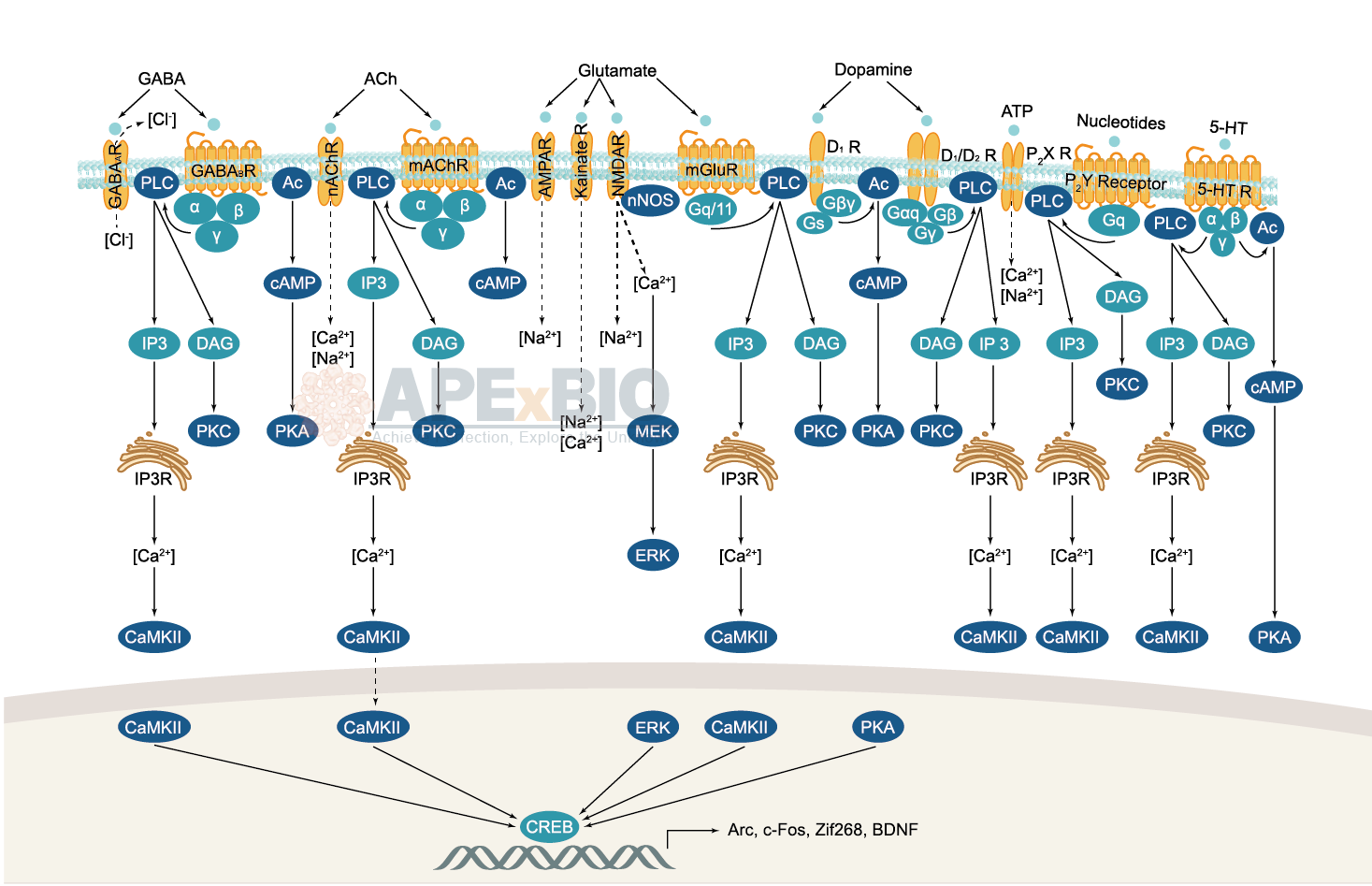
Neurotransmitter receptors function via various G-protein coupled and G-protein independent mechanisms that activate downstream intracellular signaling pathways such as cAMP/PKA, PI3K/AKT, phospholipase A2, and phospholipase C pathways. For instance, dopamine receptors act through adenylate cyclase to activate PKA and other signaling molecules, thereby mediate gene expression through the actions of CREB and other transcription factors. Other neurotransmitters such as NMDAR or AMPAR are associated with ion channels that control flux of Ca2+ and Na+, thus propagating the action potential across the post-synaptic neuron.
Dysfunctions in GABAergic/glutamatergic/serotonergic/dopaminergic pathways result in a broad range of neurological disorders such as chronic pain, neurodegenerative diseases, and insomnia, as well as mental disorders including schizophrenia, bipolar disorder, depression, and addiction.
-
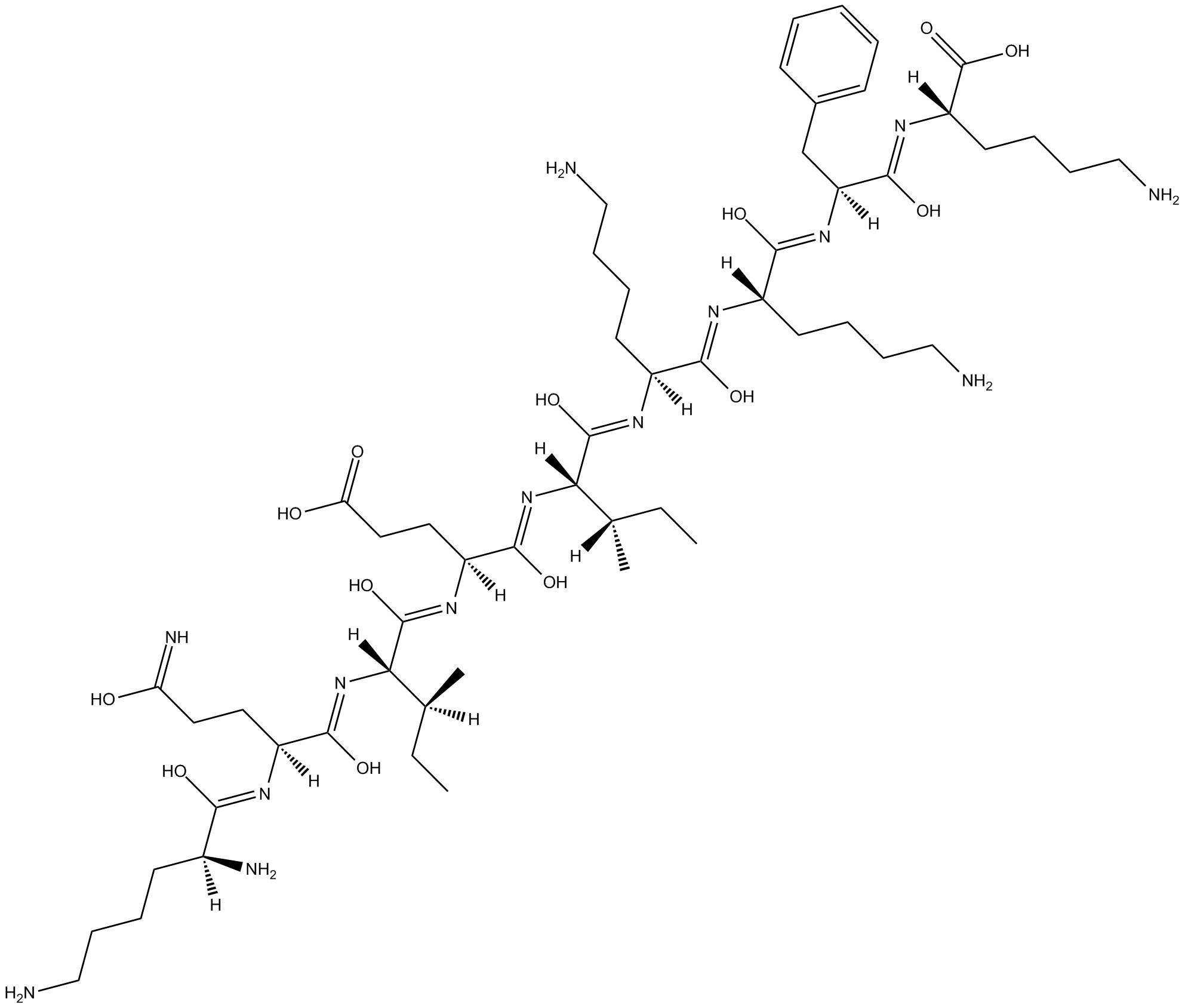 B4919 Gap191 CitationTarget: Cx43Summary: Selective connexin 43 (Cx43) hemichannel blocker
B4919 Gap191 CitationTarget: Cx43Summary: Selective connexin 43 (Cx43) hemichannel blocker -
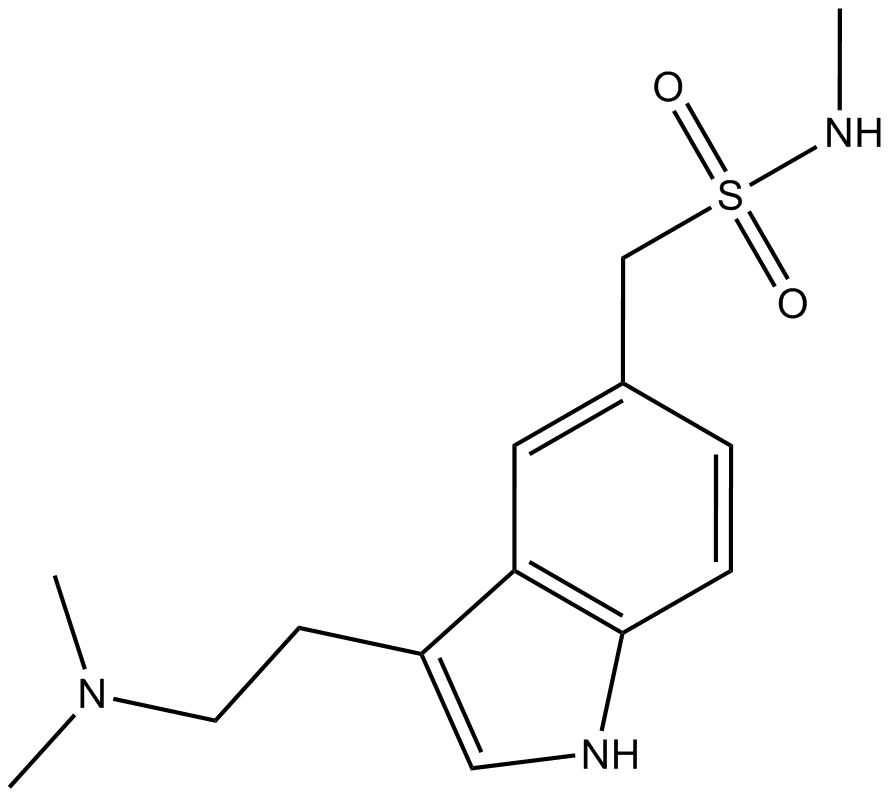 B4981 SumatriptanTarget: 5-HT1 ReceptorsSummary: 5-HT1 receptor agonist
B4981 SumatriptanTarget: 5-HT1 ReceptorsSummary: 5-HT1 receptor agonist -
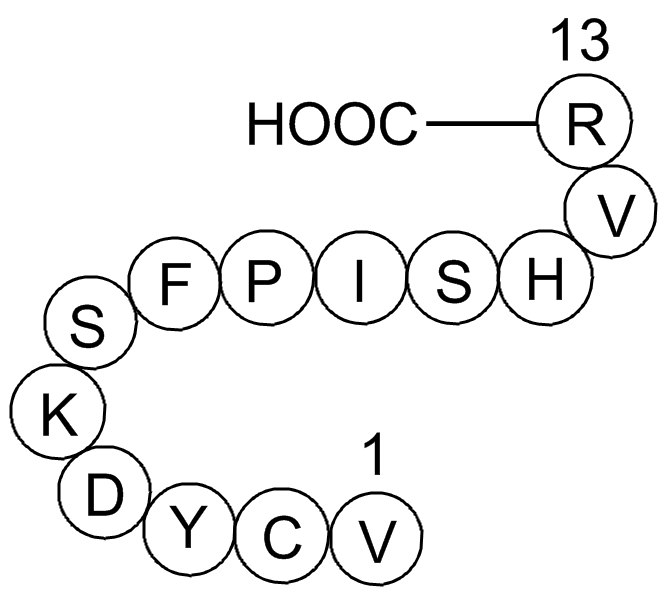 A1044 Gap 268 CitationTarget: Gap JunctionsSummary: Gap junction blocker peptide, mapping to connexin 43 residue 63-75
A1044 Gap 268 CitationTarget: Gap JunctionsSummary: Gap junction blocker peptide, mapping to connexin 43 residue 63-75 -
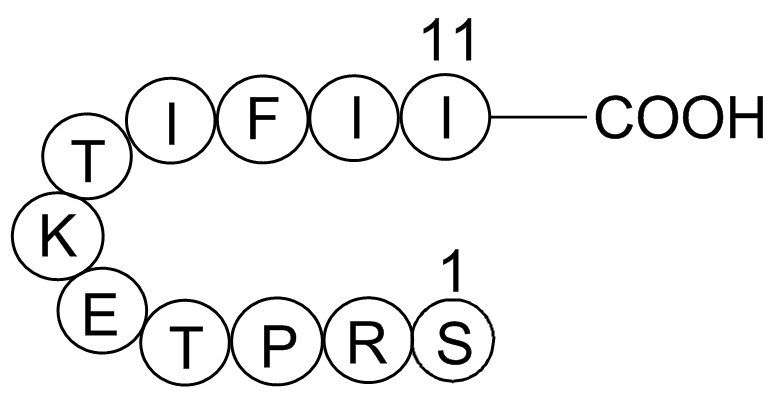 A1045 Gap 274 CitationTarget: Gap JunctionsSummary: Selective gap junction blocker
A1045 Gap 274 CitationTarget: Gap JunctionsSummary: Selective gap junction blocker -
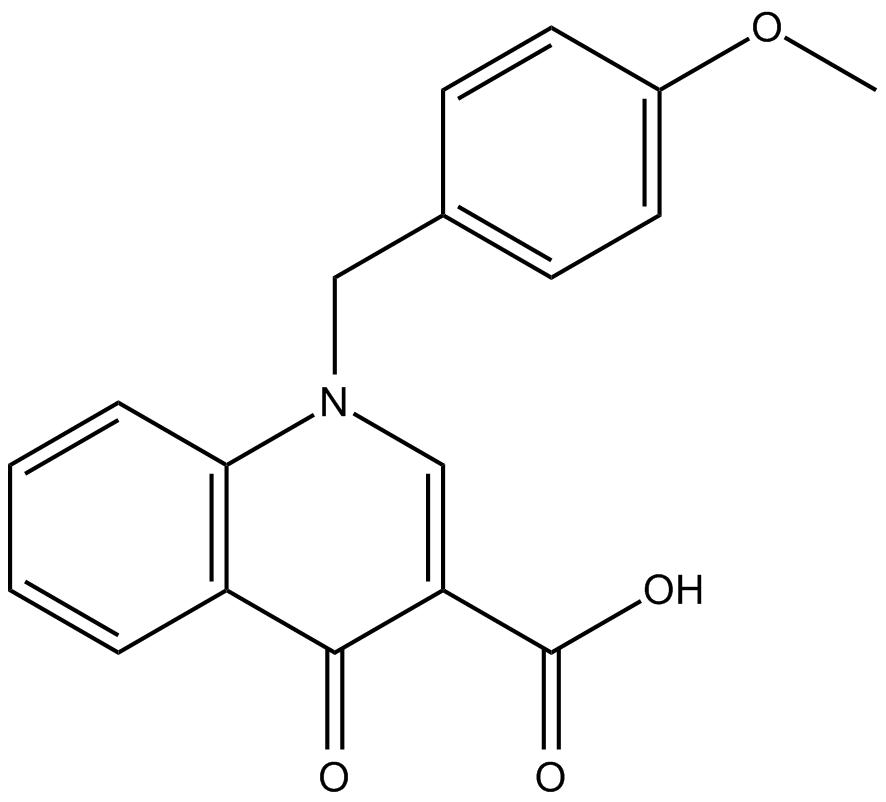 C3869 BQCATarget: AChRSummary: positive allosteric modulator of the M1 muscarinic acetylcholine receptor (mAChR)
C3869 BQCATarget: AChRSummary: positive allosteric modulator of the M1 muscarinic acetylcholine receptor (mAChR) -
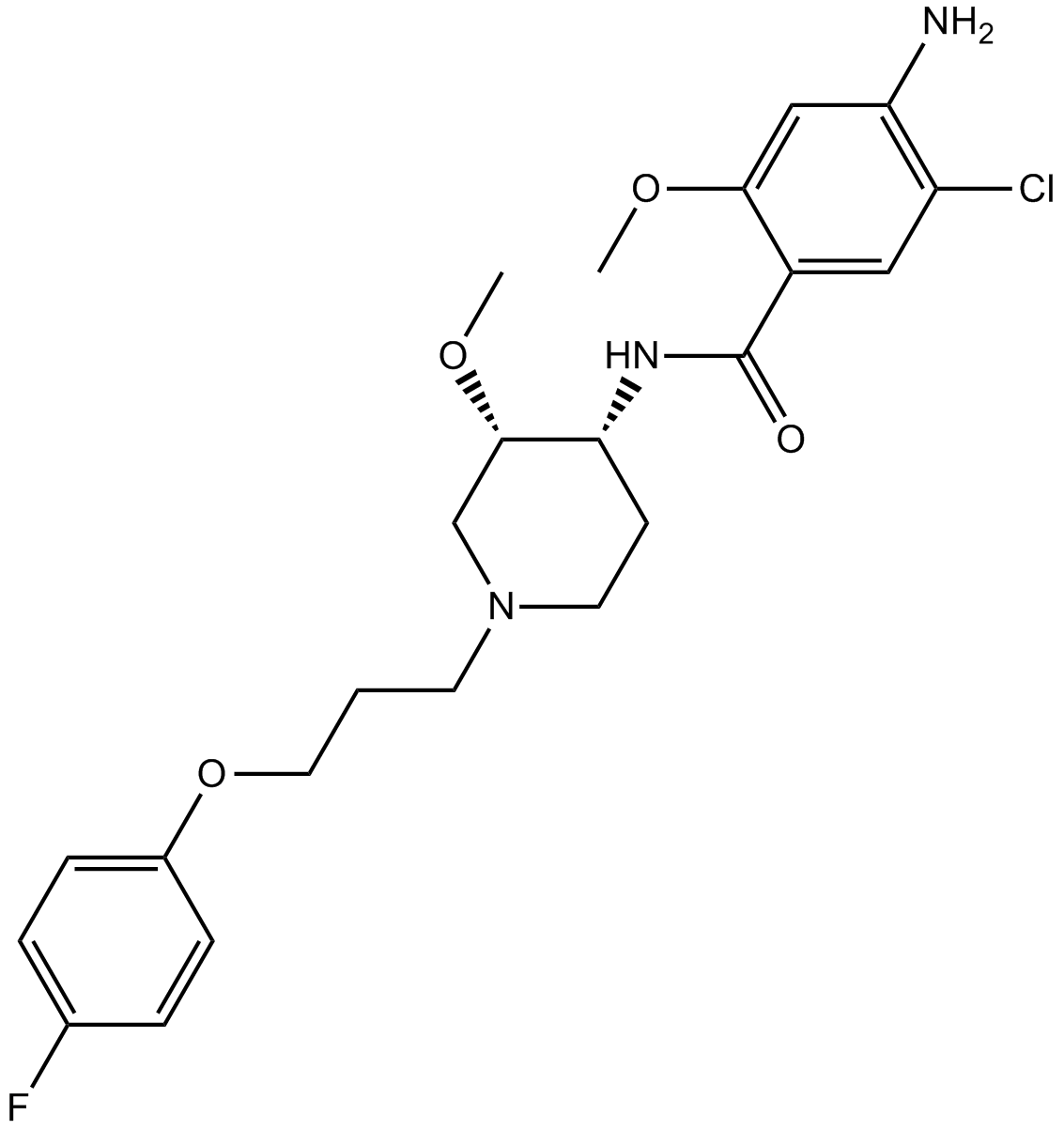 B1198 CisaprideTarget: Voltage-gated Potassium (KV) Channels|5-HT4 ReceptorSummary: 5-HT4 receptor agonist
B1198 CisaprideTarget: Voltage-gated Potassium (KV) Channels|5-HT4 ReceptorSummary: 5-HT4 receptor agonist -
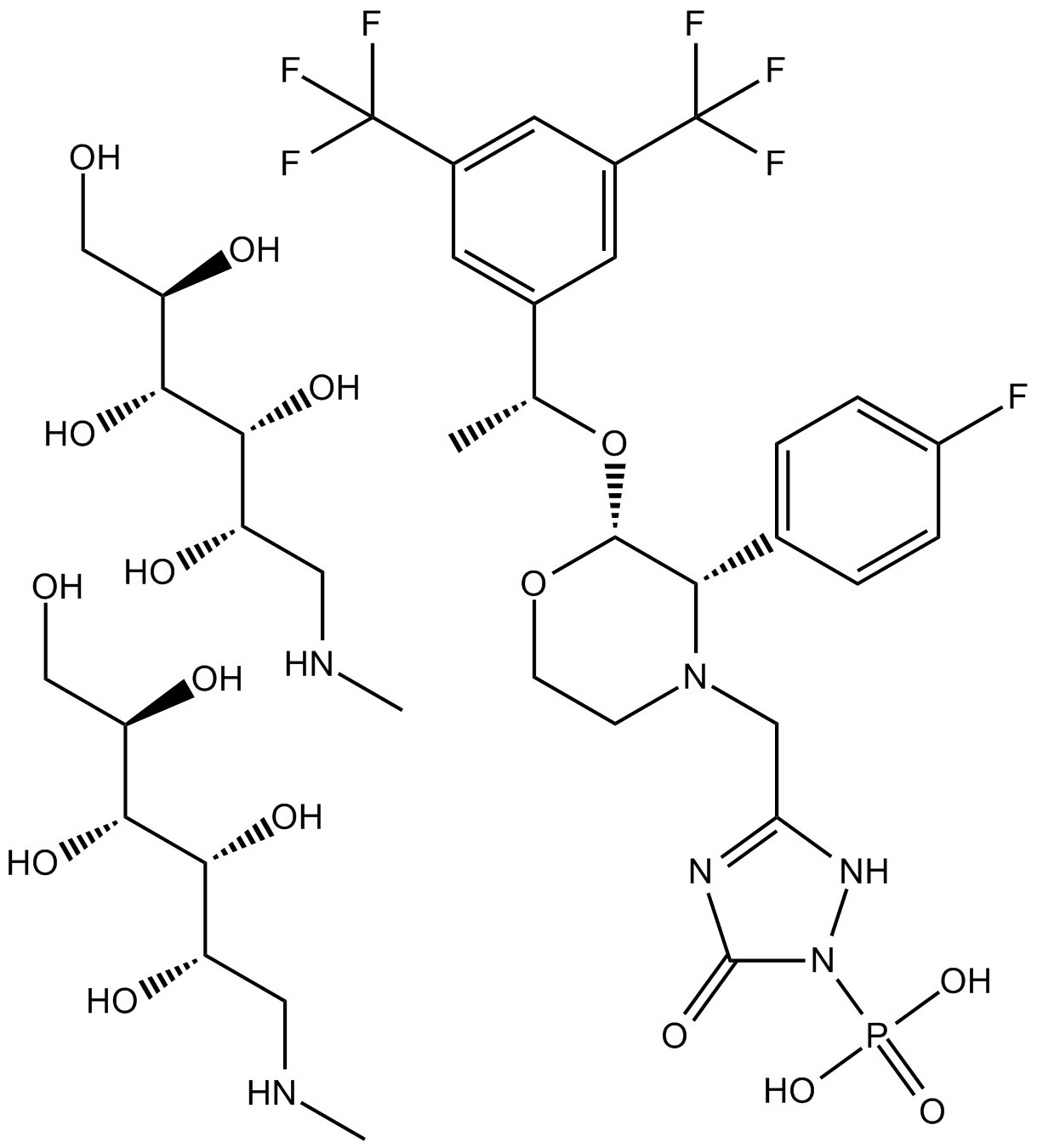 B2145 Fosaprepitant dimeglumine saltTarget: Neurokinin receptorSummary: Neurokinin-1 antagonist
B2145 Fosaprepitant dimeglumine saltTarget: Neurokinin receptorSummary: Neurokinin-1 antagonist -
 B2235 ClozapineTarget: 5-HT2 Receptors|D1 and D5 Receptors|D2 Receptors|D3 Receptors|5-HT1 Receptors|D4 ReceptorsSummary: 5-HT receptor antagonist
B2235 ClozapineTarget: 5-HT2 Receptors|D1 and D5 Receptors|D2 Receptors|D3 Receptors|5-HT1 Receptors|D4 ReceptorsSummary: 5-HT receptor antagonist -
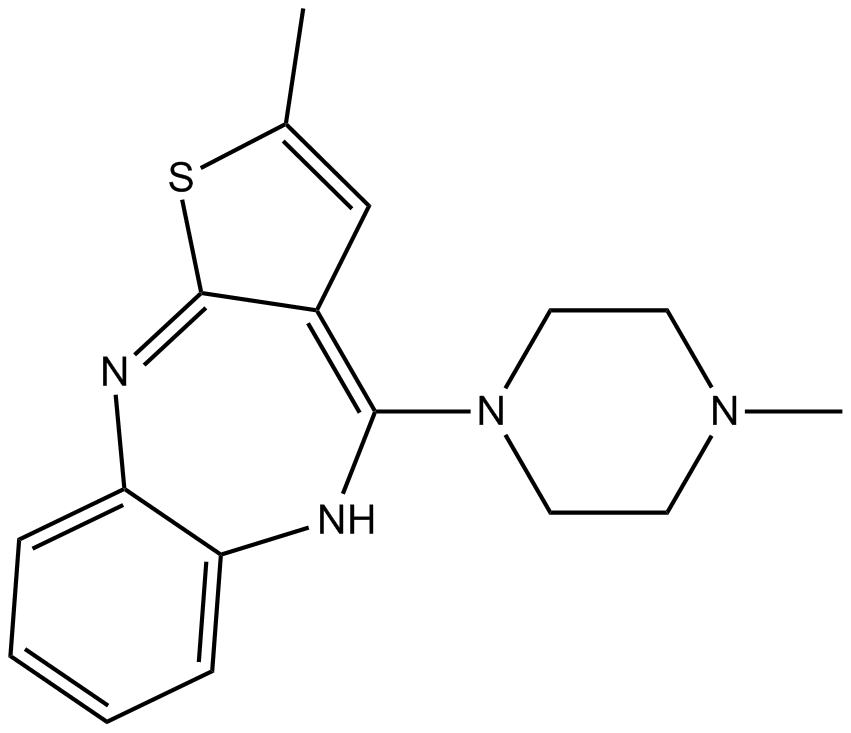 B2240 OlanzapineTarget: 5-HT2 Receptors|D2 ReceptorsSummary: Antagonist of 5-HT2A and dopamine D2 receptors
B2240 OlanzapineTarget: 5-HT2 Receptors|D2 ReceptorsSummary: Antagonist of 5-HT2A and dopamine D2 receptors -
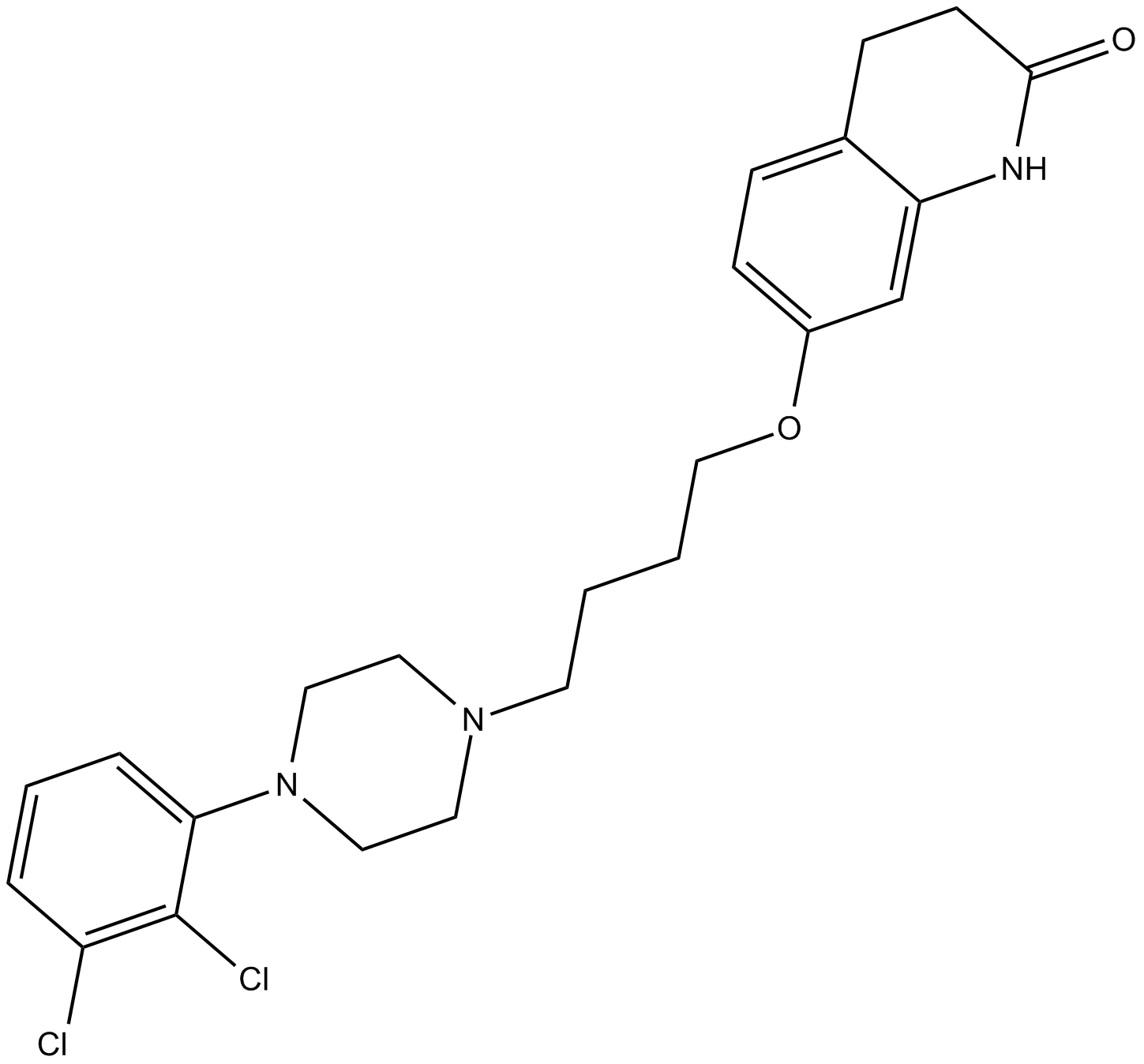 B2232 AripiprazoleTarget: 5-HT1 ReceptorsSummary: 5-HT receptor partial agonist
B2232 AripiprazoleTarget: 5-HT1 ReceptorsSummary: 5-HT receptor partial agonist

